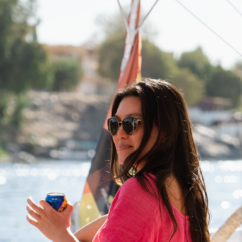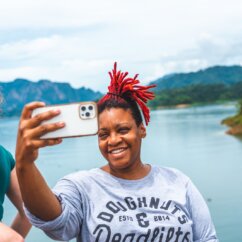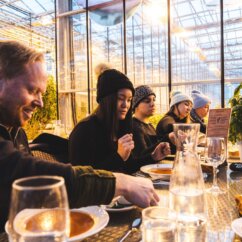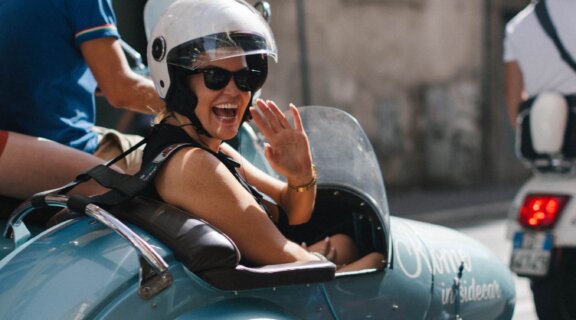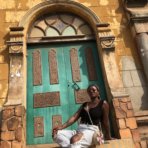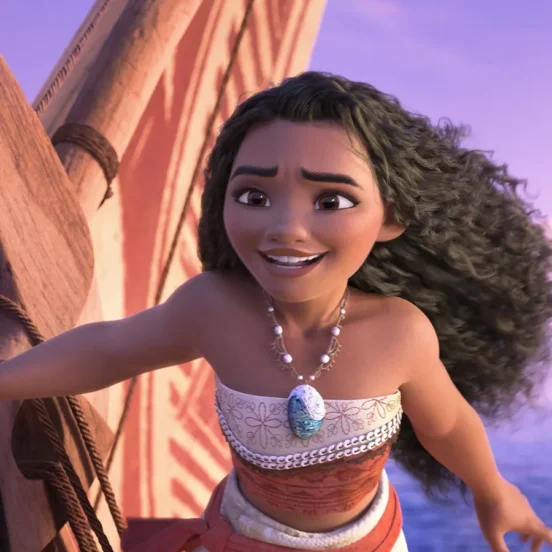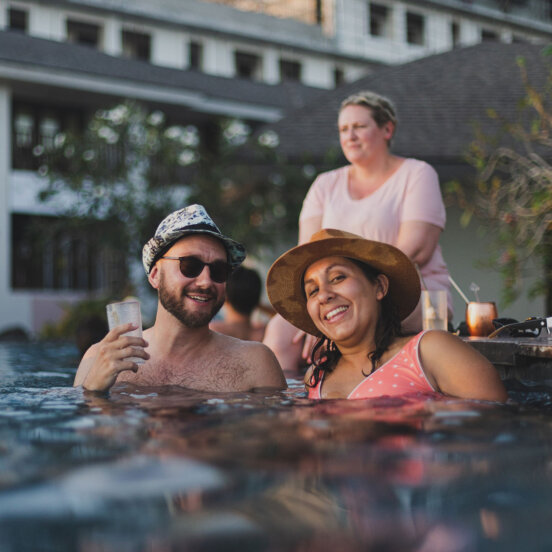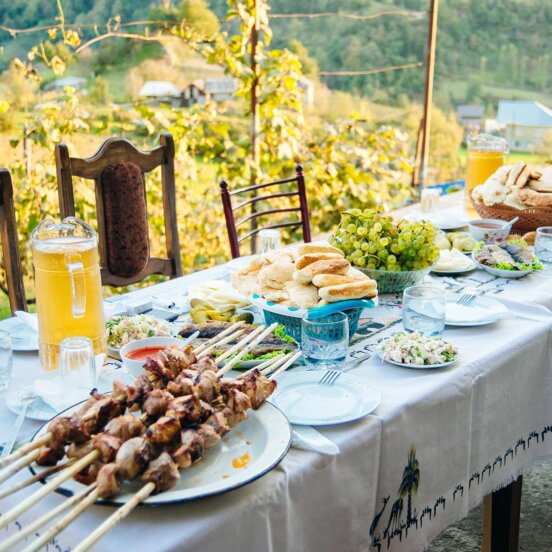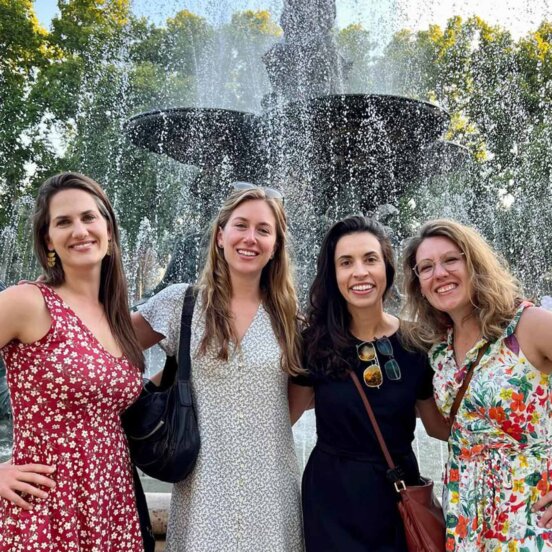Rhinos and red deserts: inside the world of wildlife TV presenter Patrick Aryee
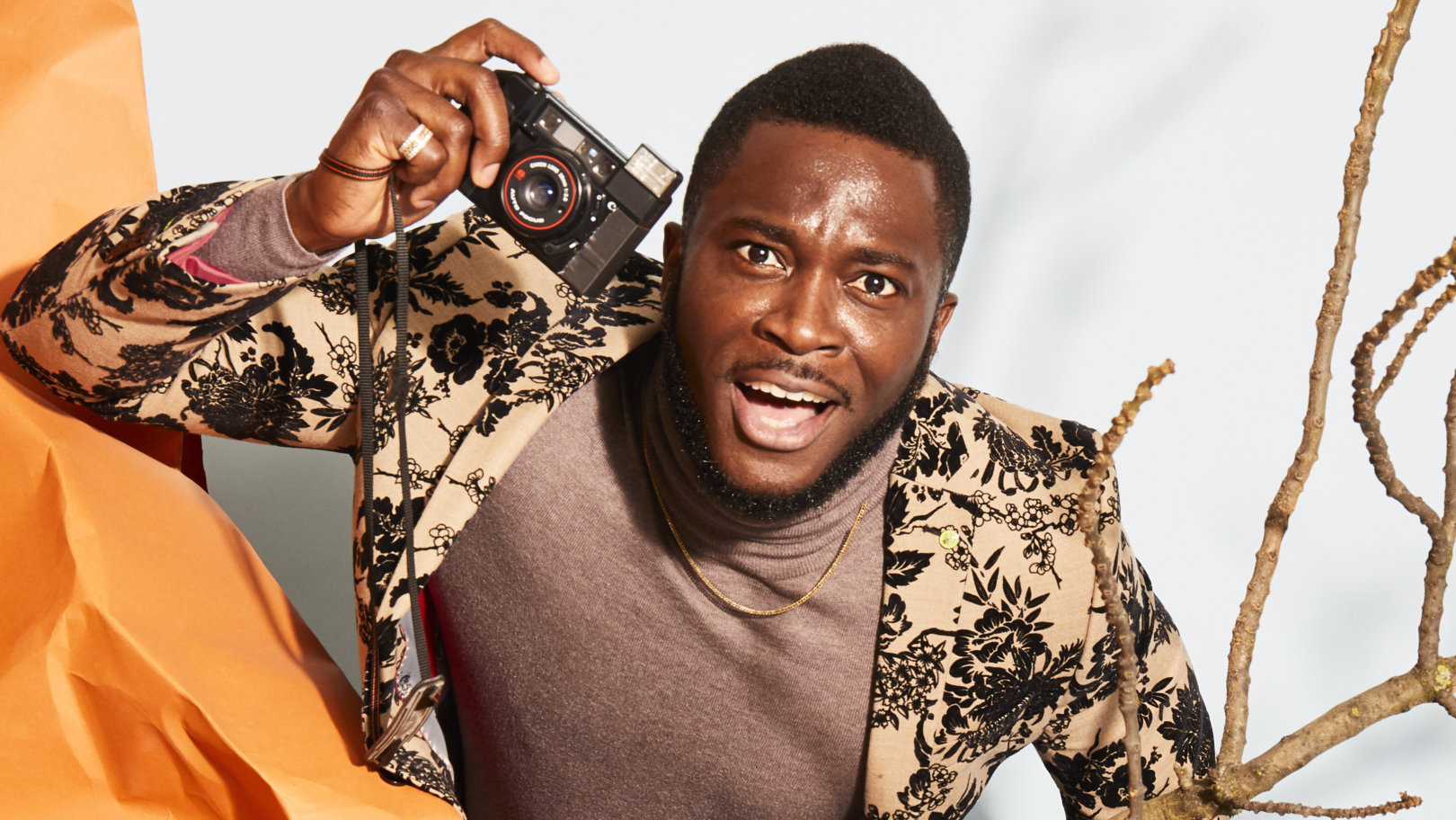
Working in a science lab wasn’t for Patrick Aryee. Thankfully, his shift from studying molecular biology to stealing the spotlight as a wildlife TV presenter turned out to be our gain. The filmmaker has crewed for award-winning BBC wildlife productions, such as Frozen Planet and Attenborough: 60 Years in the Wild, and presented his own shows, including Sky Nature’s Big Beasts and Evolve for Amazon Prime. Today, Patrick sees his role as trying to “combine David Attenborough’s knowledge of the wild with Brian Cox’s fascination for science”. Needless to say, scene-stealing wildlife interactions come thick and fast…
So, from molecular biology graduate to wildlife TV presenter and filmmaker – that’s quite a jump. Tell us about that?
I love scientific discovery, always have, always will. Growing up, I was fascinated by shows like Tomorrow’s World on the BBC where they would showcase the technologies of the future. Things we use in our day-to-day lives now – like stem-cell research and high-speed internet – which back then, would have been considered science fiction. That show was one of the first things that made me interested in science. But I also loved being center stage. I took part in theater performances at school and always enjoyed the lights, the nerves and the standing ovation. I was hooked.
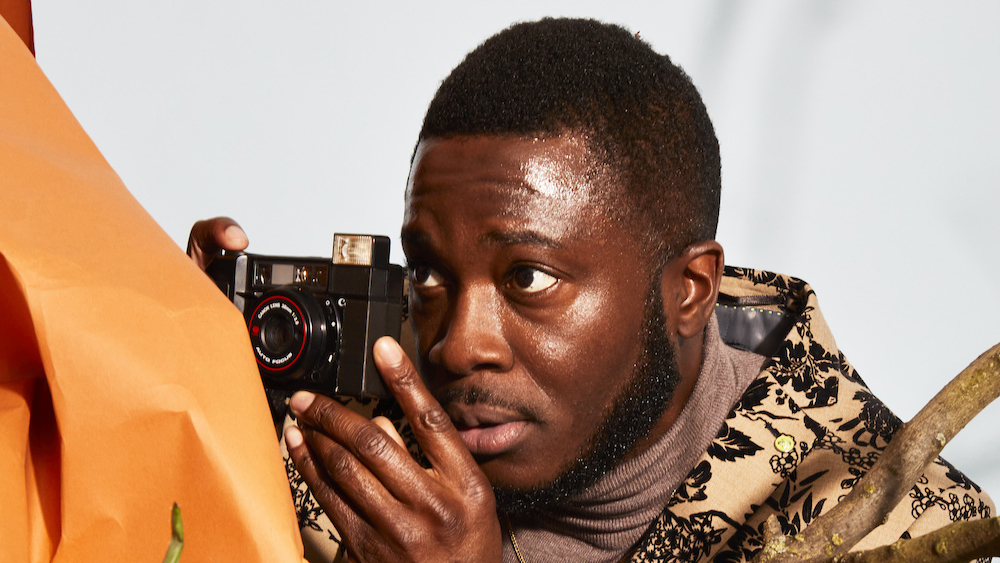
Shows like Tomorrow’s World got me interested in science
The stage is set… Where did you go from there?
I studied cellular and molecular biology. Although I enjoyed it, by the end of my degree I realized being in the lab wasn’t for me. I loved reading science, but the day-to-day practice turned out to be isolating and repetitive. Doing the same experiments over and over again got boring. It led to me experiencing an early-life crisis. Having had a one-track mind to work in big pharma, panic started to set in. What was I going to do with my life? Should I just stick with it anyway? I noticed how many adults I looked up to were spending much of their lives in jobs they hated. That’s where the idea to become a science and wildlife presenter came from.
A tough industry to break into. How did you launch your quest?
That was probably the most challenging part of my career even more so coming from a Ghanaian family where, as the first born, you’re expected to set an example.
I started by being a runner in several small production companies. When the opportunity came, I applied for an internship through a media charity in Bristol. That led me, out of a pool of 500 applicants, to be selected alongside five others on a placement programme at the BBC. And the rest is history…
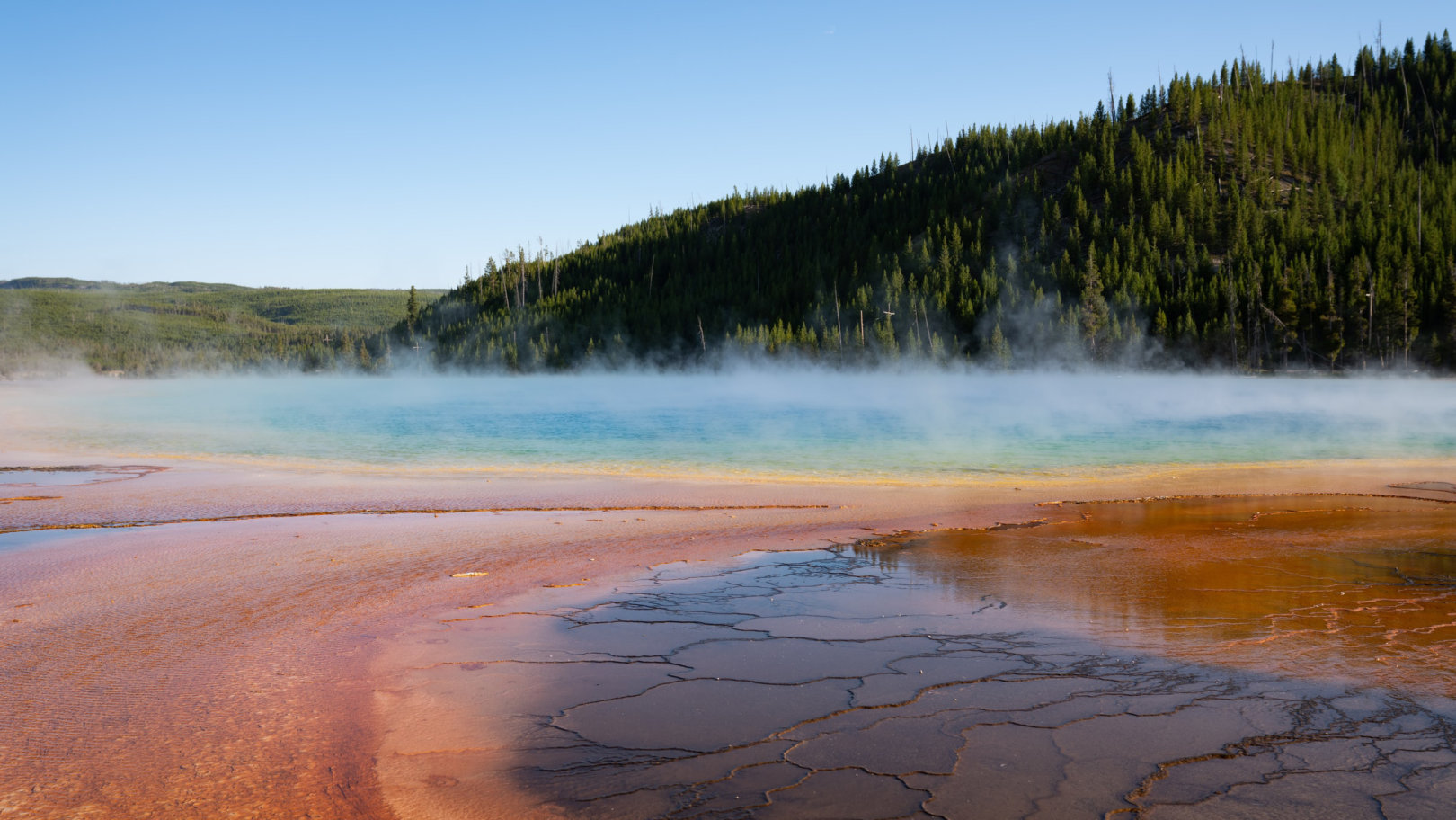
I was looking for a way to combine the scientist and the performer in me
Where are the most memorable places presenting has taken you?
All around the world, to pretty much every continent – except for Antarctica. It’s given me a great appreciation for the diversity of animals out there – but also different cultures and people.
Any favorite places to add to our bucket list?
Montana; it’s unlike any other part of the US. You’ve got magnificent scenery and mountains that seem to dominate the sky. More specifically, south-western Montana and Yellowstone National Park. It’s a part of an incredible location also known as the Greater Yellowstone Ecosystem, that stretches across three US states: Wyoming, Idaho and Montana. Getting to film in Yellowstone was incredible. The area is a hotbed of volcanic activity and you can see how that affects the wildlife.
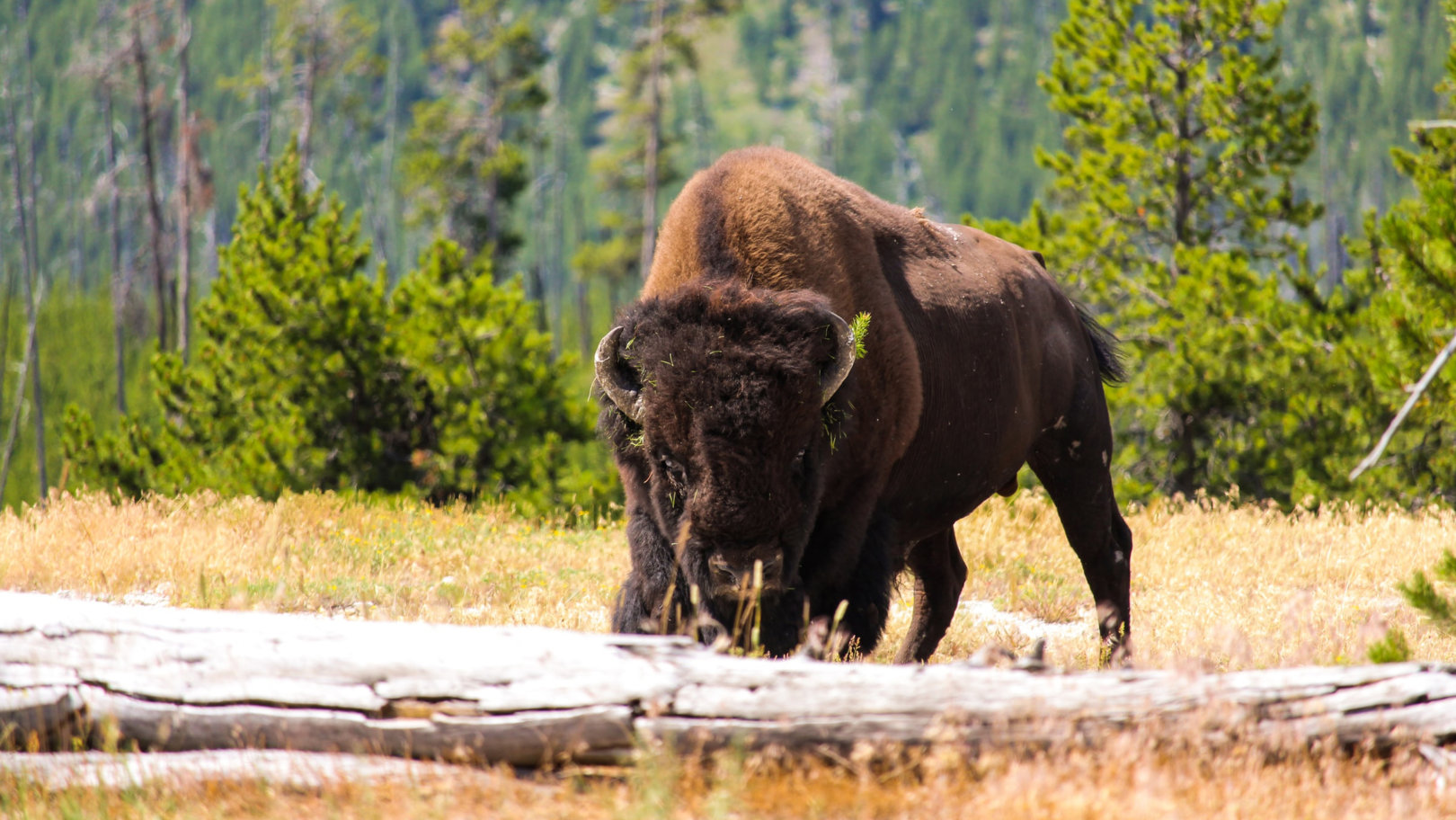
Montana and Yellowstone were incredible – especially the bison
What animals did you see there?
Bison, for example. The area they roam is so geothermally active and they’ve got a larger amount of green space to graze. Those areas remain available for most of the winter, even though it gets brutally cold. The only problem is that because of the high level of sulphur and toxic gases, the bison’s teeth decay rapidly through the grass they consume. They end up losing their teeth earlier in life and die sooner than bison in other parts of the country. So yeah, that was pretty interesting.
Sounds like they need a good dentist. What about other places that have inspired you?
Deserts are one of the landscapes that surprise me the most. They’re constantly shifting and changing due to the power of the wind. It carves huge towers and waves in the sand. You see these magnificent colors, too – red, gold, dark tones – a vast array, like a living painting.
Many people associate deserts with a lack of life, but what about the wildlife there?
That’s what I thought, too. But there’s so much wildlife: cool insects, highly adapted plants, reptiles, mammals, birds, even fish. Deserts appear so desolate at first but, if you look closely, you’ll see there’s a surprising amount of wildlife going about their day or night. I never tire of deserts.
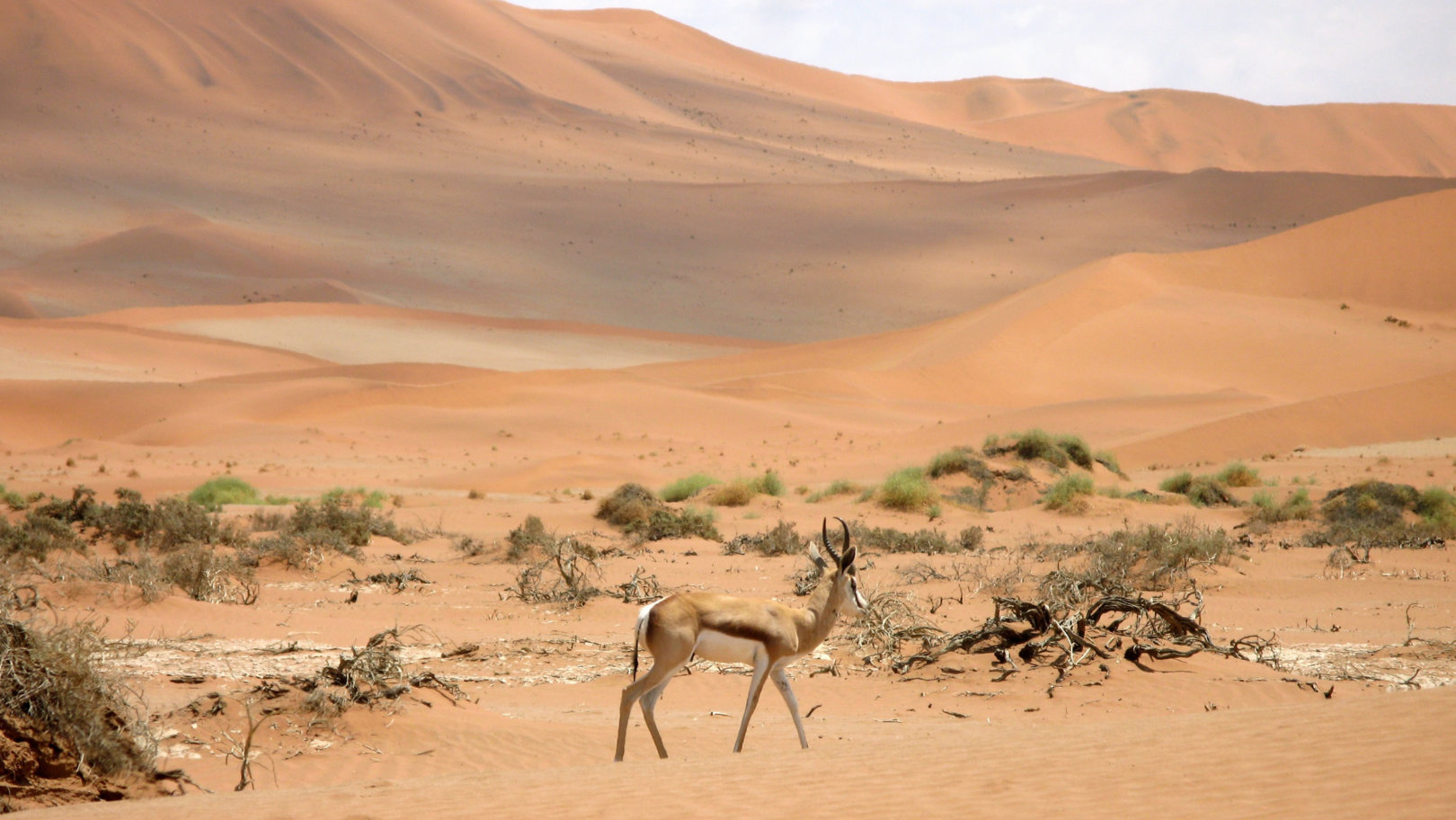
Deserts appear desolate but there’s a surprising amount of wildlife
A lot of your work is focused on conservation. Tell us about that…
I’ve worked with a number of charitable organizations, including Ol Pejeta Conservancy in Kenya and UK-based Helping Rhinos. I’ve had the chance to visit the conservancy and see the work they’re doing to preserve two of the world’s last remaining northern white rhinos. I’ve also spent time with the rangers looking after the rhinos: seeing how they are trained like an army to face the poachers who, in many cases, are members of the local community.
Who benefits most from poaching and how do we stop it?
The issue of poaching is very complex: it’s not as clear cut as seeing poachers as the enemy. There’s an enormous amount of money involved. In fact, illegal wildlife crimes are one of the most profitable criminal sectors. For the poacher, killing that rhino and selling the polished ivory could mean earning a year’s salary in one go. With medical bills to cover, loved ones to support and not many other options to make money, we need to ask ourselves what would we do if we were in that situation.
When you look at poaching, you realize the bulk of the money isn’t actually being made by the poacher, but by the client, usually in Asia. They source it to resell at a higher value to people who want it for their entertainment and as a status symbol. You have to take into account the reality of the local communities that intersect with the rhinos. To care for the animals we need to equally care about the people. Ol Pejeta are doing an amazing job in in supporting and empowering the surrounding communities.
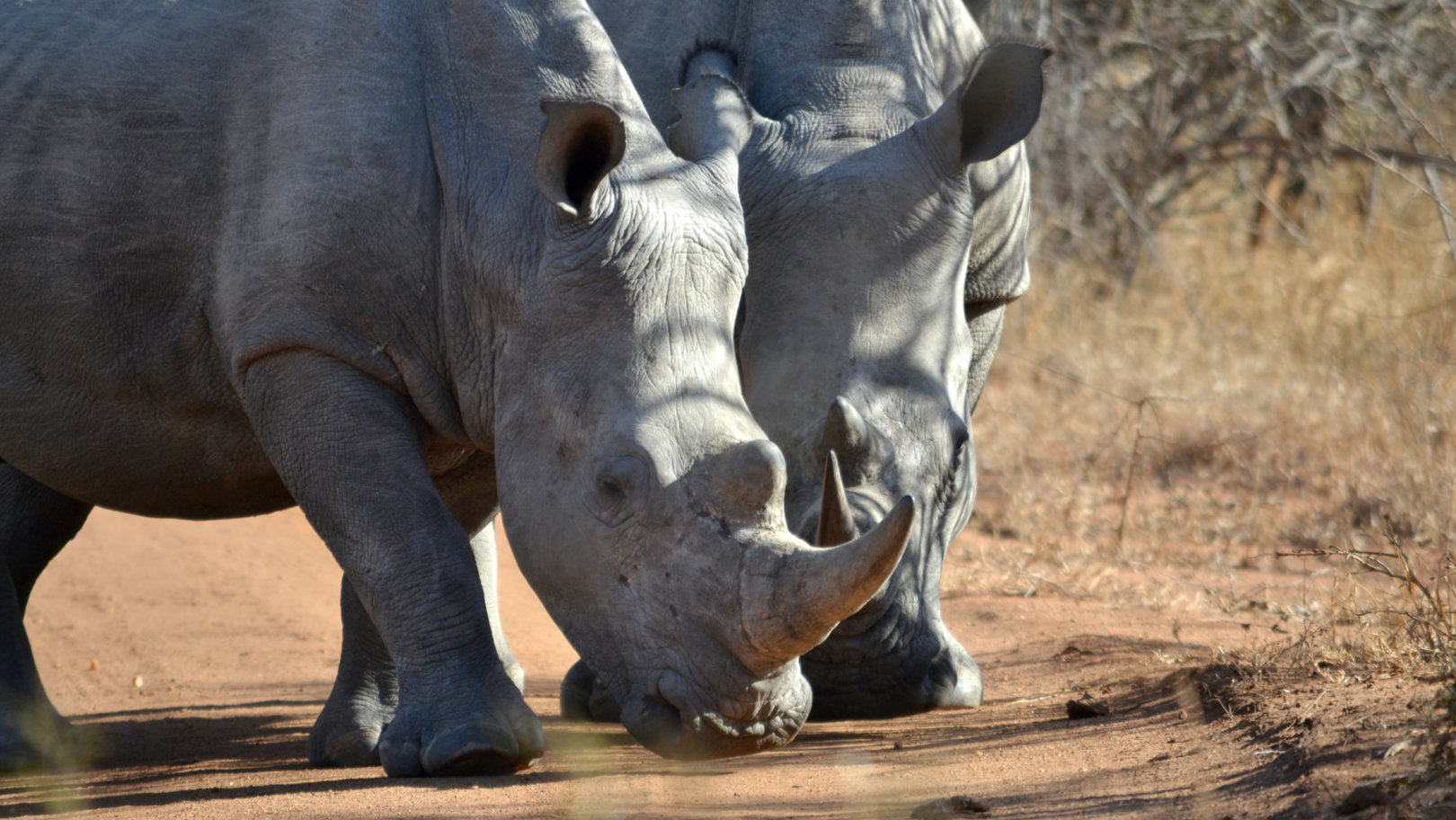
To care for the animals, we need to equally care about the people
Looking at wildlife TV, I can imagine you’re been one of the few – if not the only – black people in the room. What kind of impact has this had on you?
For me, no matter where I am, I like to put my best foot forward. I see myself as an ambassador. We could go into a discussion about how I shouldn’t have to do this, but this is the real world. In the real world, some people haven’t yet been exposed to other cultures. If anything, I get energized at the opportunity. For me, it’s about meeting people, putting a smile on their faces, finding out about their stories and sharing mine with them, too.
How do you break through those barriers?
As a bearded black man rocking up to these remote locations, I try to put myself in the locals’ shoes, seeing this new face. I tend to go in with easy conversation starters: talk about the beauty of the location, ask them about themselves and what’s going on in their world. You’re there to explore and find out about the places you’re visiting: what better way to do this than to talk to the people who live there? Once you take the time to talk to people, barriers come down. They see you’re just a human being, like them, with stories to share. A lot of prejudice is based on fear of the unknown. Approaching these encounters with a spirit of compassion and willingness to learn other people’s stories, goes some way to demolishing prejudices.
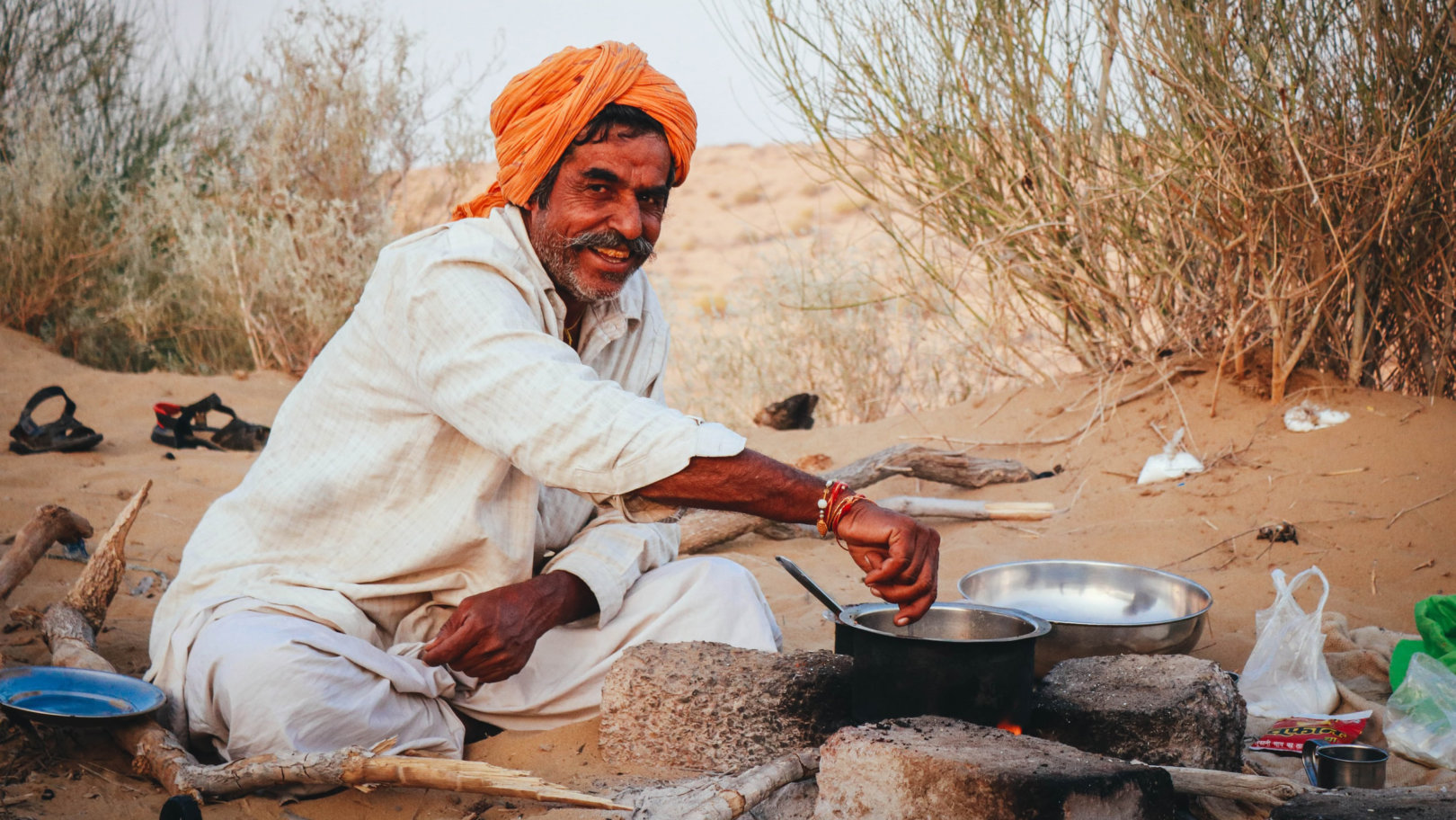
I’d encourage people to interact more with locals
Finally, do you think there’s a way the human need for exploration can coexist with our attempts to save the planet?
Yes. The pandemic shows us we can make an impact and affect change very quickly – if we decide to do so. Our focus now should be to make better-informed decisions about how we move in the world. You shouldn’t stop traveling but instead of going to the same destination three times, go once and spend more time there. Travel deeper. It takes you to awesome places and enables you to experience cool cultures. I’d encourage people to interact more with locals and step out of their comfort zone. Break through the initial wall of fear, because on the other side is a great world filled with amazing people.
A version of this interview first ran in The Black Explorer, a biannual print and online magazine, published by Ella Paradis, that champions the black travel community and its creators.
Find out more about Flash Pack adventures here. Got a story or adventure that could inspire a solo traveler like you? Tag @flashpack on social or email [email protected] to be featured.
Images: courtesy of Patrick Aryee & Unsplash
